Maserati sold 11,300 vehicles in 2024, a decline of 57.5% and significantly lower than its high of 51,500 vehicles in 2017. It has dipped below even Ferrari and is now nearly at Lamborghini. The Trident also fell into the red with a loss of 260 million Euros in 2024 as compared to a profit of 141 million Euros a year earlier.
Maserati is an iconic Italian luxury performance car manufacturer that has long been synonymous with elegance, performance, craftsmanship, and exclusivity. Founded in 1914, the company enjoys a legacy with a record for producing some of the greatest, most exquisite, and finest-looking cars of the past.
However, in recent years, Maserati has struggled to maintain its position in the highly competitive luxury performance car market. Despite its century-old legacy, the brand is now facing declining sales, eroding brand value, and an uncertain future. But why is Maserati failing? Let’s explore what could be some of the key reasons behind its struggles.
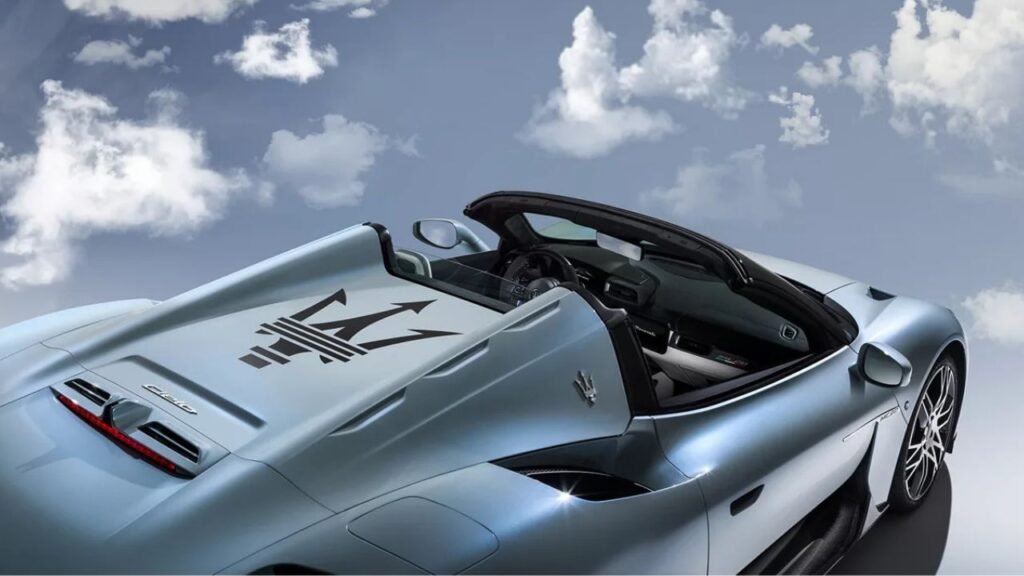
1. Lack of Clear Brand Identity
We think that among the most crucial reasons why Maserati is failing is because it has been unable to appeal to customers with a clear and recognizable brand image. In its struggle with players such as Ferrari, Lamborghini, Porsche, Audi, BMW, etc., Maserati has been unable to carve out a clear niche for itself.
Maserati has consistently attempted to emulate Ferrari and Porsche, never making an effort to stand out from the crowd. Maserati couldn’t manage to differentiate itself and present a distinct image that set it apart from the others on some qualities.
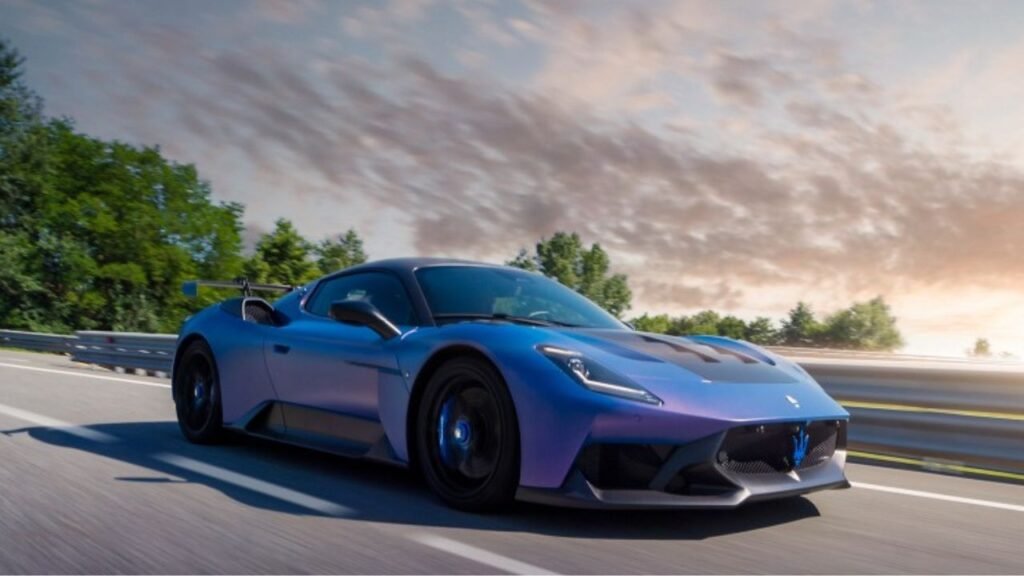
2. Limited Global Appeal
Another significant issue with Maserati is that it does not have much international appeal. Of course, most of the people in the world may be aware of Ferrari, Lamborghini, BMW, Audi, etc., but they would have likely not even heard of Maserati.
Although it has a strong following in Europe and parts of the U.S., it has failed to establish itself in the same way, especially in China and other fast-growing markets. Maserati’s limited product offerings and lack of localized marketing efforts have impeded it from growing in these crucial markets.

3. Aging and Limited Product Lineup
Although Maserati cars are beautiful and powerful, they have a limited lineup, and some models are getting quite old without major updates. The sixth-generation Quattroporte was introduced in 2013, the Ghibli last got a facelift in 2020, and the Levante was introduced in 2016 and still looks the same. Moreover, Maserati’s product lineup lacks the diversity and appeal seen in other luxury automakers.
Also, Maserati seems to have lagged behind in getting onto the electric and new energy vehicle bandwagon. Compared to others like Porsche (Taycan), BMW (i4 and iX), and Audi (e-Tron), which have made significant strides in this segment.
In today’s automotive market, innovation is key. Not just established players, even newcomers, are perpetually raising the bar when it comes to technology, design, and performance. Maserati is significantly lagging behind. Lacking in substantial high-technology content and innovation, it cannot entice much especially for the new, young, tech-savvy, and environment-sensitive purchaser.

4. Quality, Reliability, and Resale
Maserati mostly falls short of its German and Japanese rivals, as can be seen in many consumer reliability reports. Additionally, some of its cars are among those whose value erodes the most over the years. This is unacceptable for a company that sells itself as a premium brand and could have even driven potential customers towards other more reliable brands.

5. Changing Consumer Patterns
With technology progressing so fast these days, even startups are equipping their products with features never seen before. Brand history and image used to be a major influence on the consumer’s choice, but now it’s shifting more towards the high-tech futuristic features offered, like AI driver-assist and autonomous driving.
Value for money is another key factor among consumers, especially with the increase in available choices as new entrants get into the market.
While Maserati remains a symbol of Italian luxury, the brand has struggled to connect with younger consumers and adapt to changing cultural trends. A major reason as to why is Maserati failing to capture hearts.

6. Financial Instability
Maserati’s parent company, Stellantis (formerly Fiat Chrysler Automobiles), has faced its own set of strategic challenges in recent years. Stellantis has a big portfolio of brands under its umbrella, with a few struggling at present. With resources always being limited, Maserati has often been overshadowed by more profitable and strategically important marques.
While Stellantis does have ambitious plans to push Maserati back into the spotlight, the recent performance of the company does leave uncertainty regarding its future. So is Maserati in trouble? With sales down and company in red, the future looks hard.
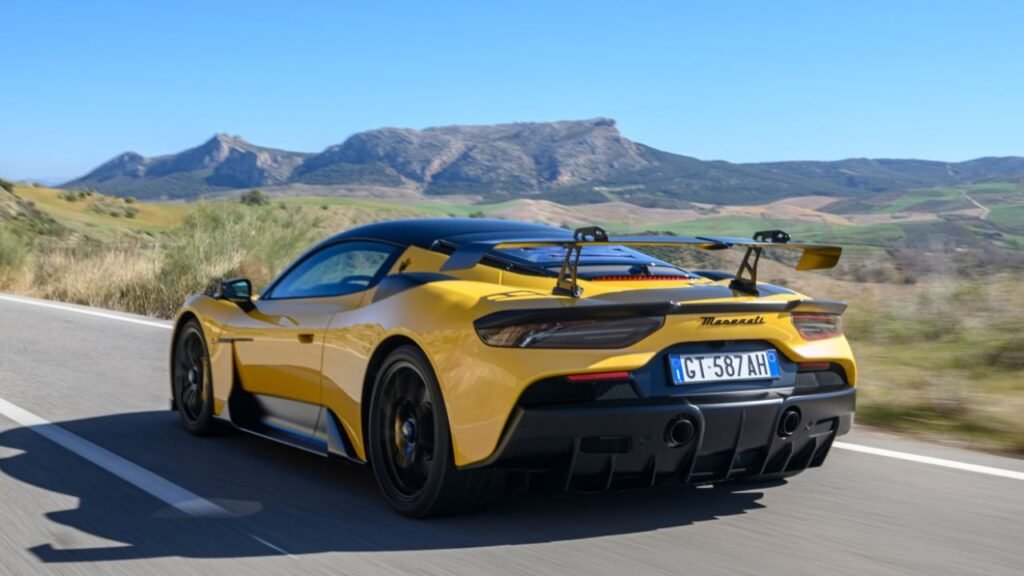
7. The Future for Maserati
Despite these challenges, so is Maserati in trouble beyond its control. The Trident still has the potential to reclaim its position as a leading performance luxury car manufacturer. To achieve success, however, it will have to address its weaknesses and pursue a bold, visionary approach. Some essential steps might include :
- Improving the quality and reliability of its vehicles.
- Serious cost-cutting measures.
- Expanding and modernizing its lineup.
- Accelerating electrification and new energy technologies.
- Restoring the brand reputation to attract its target consumers.
- Leveraging Stellantis vast financial and technological resources.
By embracing change, overcoming its shortcomings, and repositioning itself in the luxury segment, Maserati can still carve out a successful future. But time is of the essence, and the brand has to act fast before it is left behind in a more competitive and rapidly changing auto market.

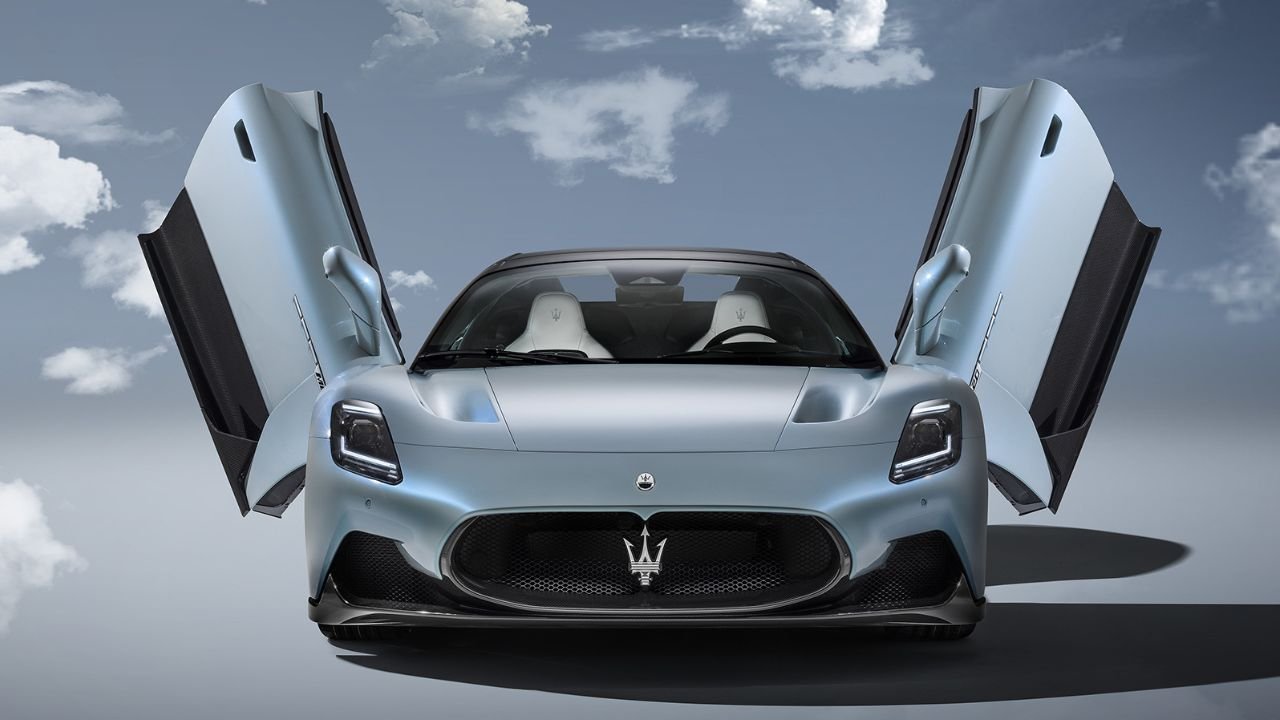
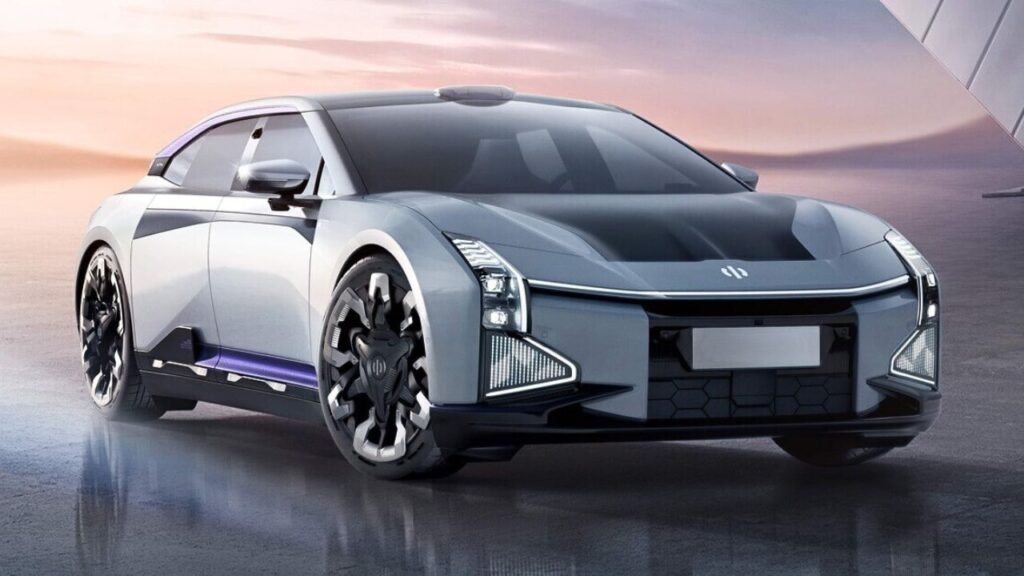
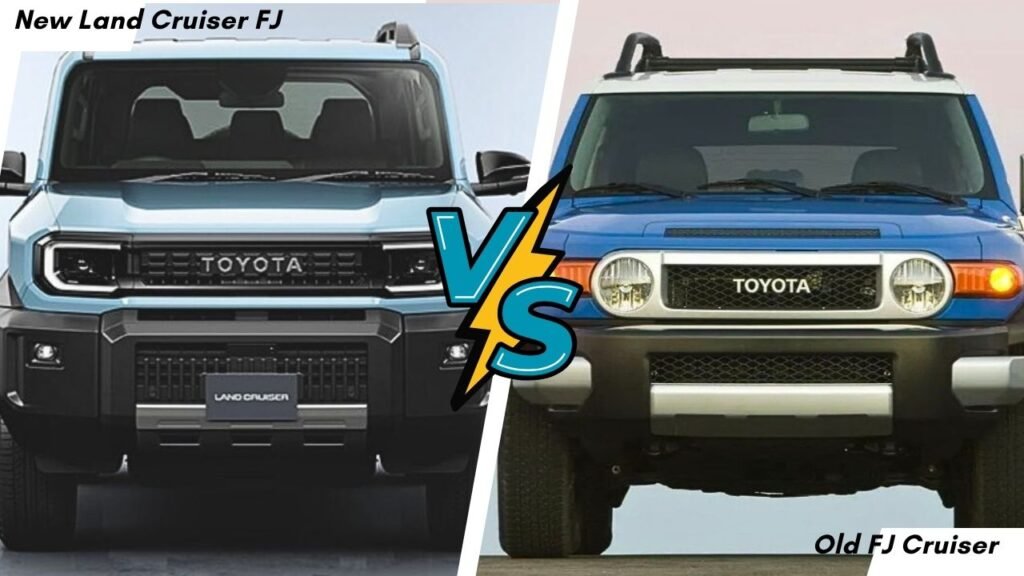
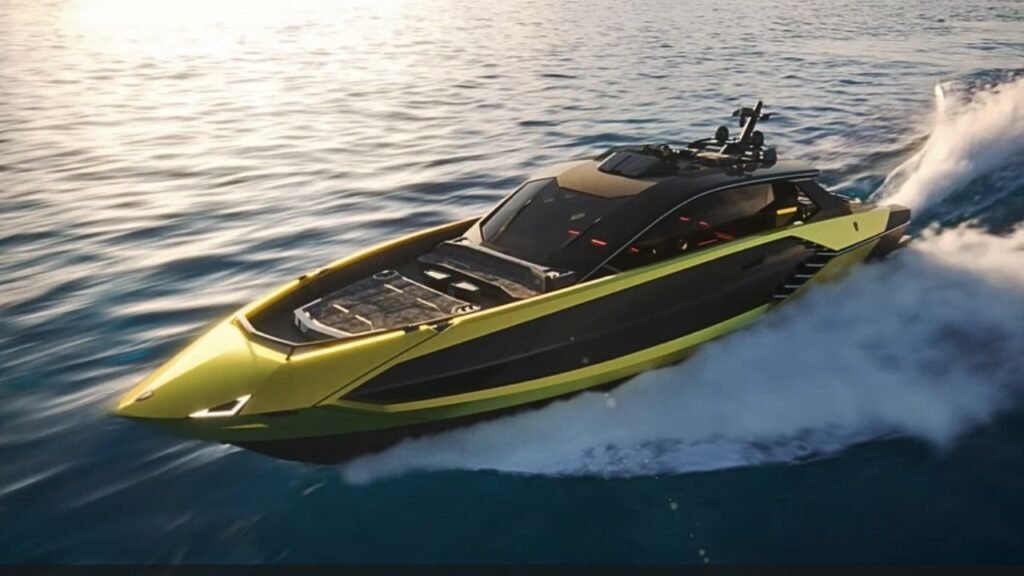
I have been reading out a few of your posts and it’s pretty clever stuff. I will make sure to bookmark your website.